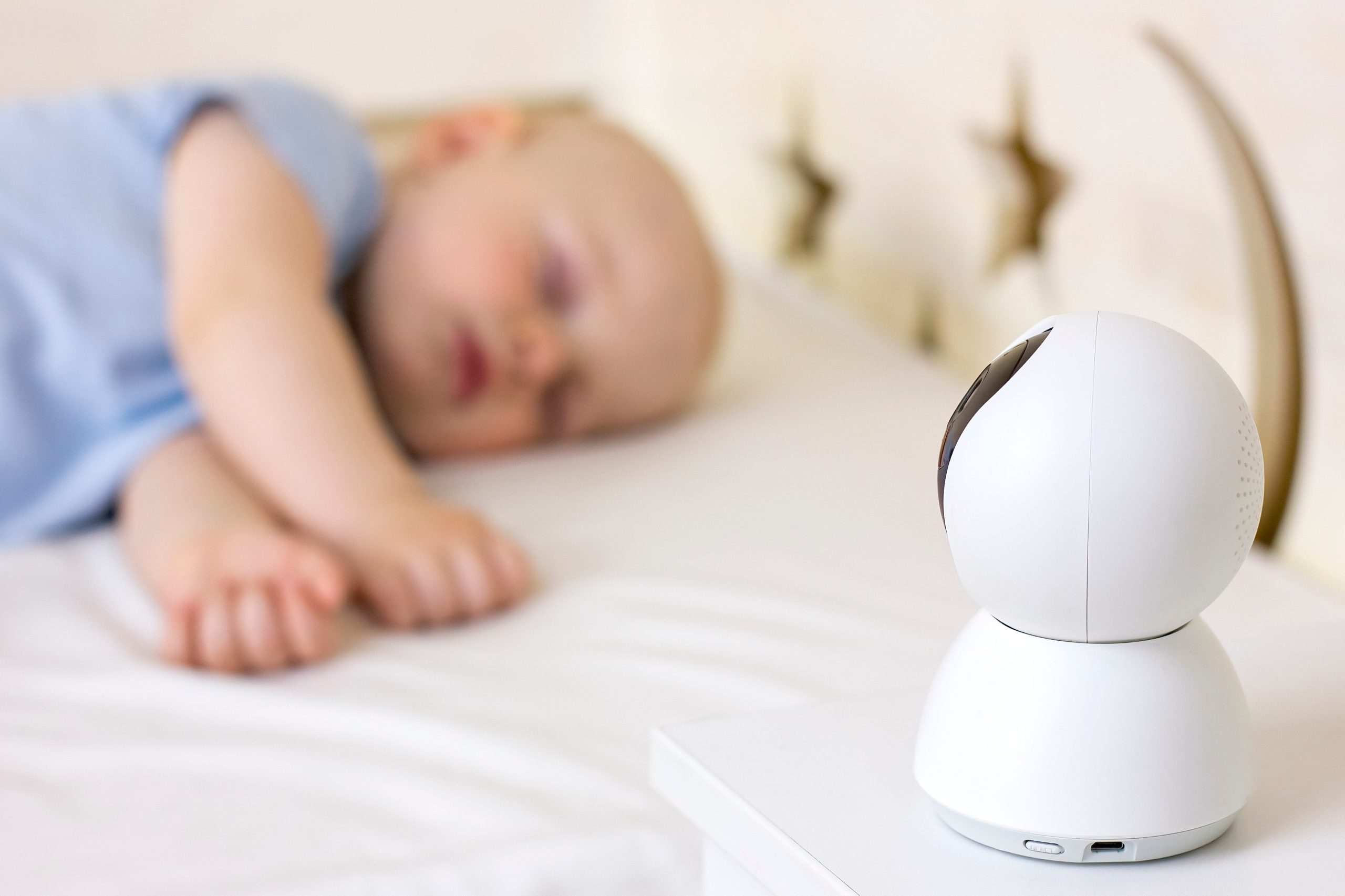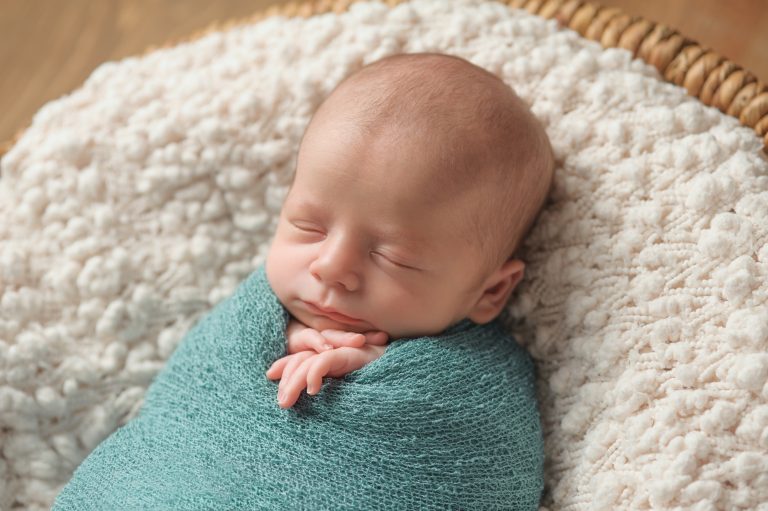How to Choose the Perfect Baby Monitor for Your Family
Choosing a baby monitor is an important decision for any parent. With so many options, it can be overwhelming to find the right one that fits your needs and provides peace of mind. Whether you’re a first-time parent or adding to your growing family, this guide will help you navigate the key features to consider when selecting a baby monitor.
Understanding Your Needs
Before diving into the features, it’s important to understand your specific needs. Every family is different, and what works for one may not work for another. Consider the following questions to help narrow down your options:
- The size of your home: If you live in a large house, you’ll need a monitor with a strong signal range to ensure coverage across multiple floors.
- Audio-only, video, or smart features: Some parents are content with just hearing their baby, while others prefer the added reassurance of seeing them or even tracking sleep patterns.
- Your budget: Baby monitors come in a wide range of prices, so it’s helpful to determine how much you’re willing to spend.
Types of Baby Monitors
There are several types of baby monitors, each with its own set of features and benefits. Let’s see the most common types:
- Audio Monitors: The simplest type, audio baby monitors allow you to hear your baby from another room. They typically come with a parent unit and a baby unit, offering clear sound quality. These are ideal if you’re looking for a straightforward solution and don’t need video or smart features.
- Video Monitors: Video baby monitors allow you to both see and hear your baby. They usually feature a camera in the baby’s room and a handheld monitor or a mobile app for parents. Many video monitors offer night vision, zoom, and pan/tilt features, making it easy to keep an eye on your baby day or night.
- Smart Monitors: Smart baby monitors take baby monitoring to the next level with features like sleep tracking, breathing monitoring, and smartphone connectivity. These monitors often come with a higher price tag but offer advanced technology that can provide additional peace of mind.
- Wearable Monitors: Some parents opt for wearable baby monitors, which track a baby’s vital signs such as heart rate and oxygen levels. These monitors typically come in the form of a sock, bracelet, or clip that attaches to the baby’s clothing. While they can be reassuring, it’s important to remember that no monitor can replace safe sleep practices.
Key Features to Consider
When choosing a baby monitor, there are several key features to consider. These features can make a big difference in how well the monitor works for your family.
– Range: The range is how far you can be from the baby’s room and still receive a signal. If you live in a larger home or have thick walls, look for a monitor with a longer range. Most monitors list their range in metres, but keep in mind that the actual range may be shorter depending on your home’s layout.
– Battery Life: Battery life is crucial, especially if you plan to carry the parent unit around the house. Some monitors offer rechargeable batteries, while others require regular replacement. Look for a monitor with good battery life to avoid frequent charging or changing of batteries.
– Signal Interference: If you live in a densely populated area or have a lot of electronic devices in your home, signal interference can be an issue. Digital baby monitors tend to have less interference than analogue ones. Some monitors also offer DECT (Digital Enhanced Cordless Telecommunications) technology, which reduces interference and improves sound quality.
– Two-Way Communication: Two-way communication allows you to talk to your baby through the monitor. This feature can be useful for soothing your baby without having to enter the room or for older toddlers who might need a little reassurance.
– Night Vision: If you’re opting for a video monitor, night vision is a must. This feature allows you to see your baby clearly in low light or complete darkness, ensuring you can keep an eye on them during the night.
– Temperature Monitoring: Some baby monitors come with a built-in temperature sensor, which alerts you if the room gets too hot or too cold. This can be a helpful feature for maintaining a comfortable and safe sleeping environment for your baby.
– Portability: If you travel frequently or want to move the monitor between rooms, portability is an important factor. Look for a monitor that is easy to set up and transport, with a compact design and a long battery life.
Setting Up & Using Your Baby Monitor
Once you’ve chosen your baby monitor, it’s important to set it up correctly to ensure optimal performance. Place the baby unit in a safe location, away from the cot and out of reach of little hands. Test the signal strength in various areas of your home to find the best spot for the parent unit. If you’re using a video monitor, adjust the camera angle to get a clear view of your baby.
Always follow the manufacturer’s instructions for setup and use, and remember that a baby monitor is just one tool in ensuring your baby’s safety. Regularly check the monitor’s functionality, and don’t rely on it alone. Nothing beats regular, in-person checks.
Choosing a baby monitor is a personal decision that depends on your family’s needs and lifestyle. Whether you opt for a simple audio monitor or a feature-packed smart monitor, the goal is the same – to provide peace of mind and help you stay connected to your little one, no matter where you are in the house. With the right monitor, you can rest a little easier, knowing that your baby is safe and sound.




